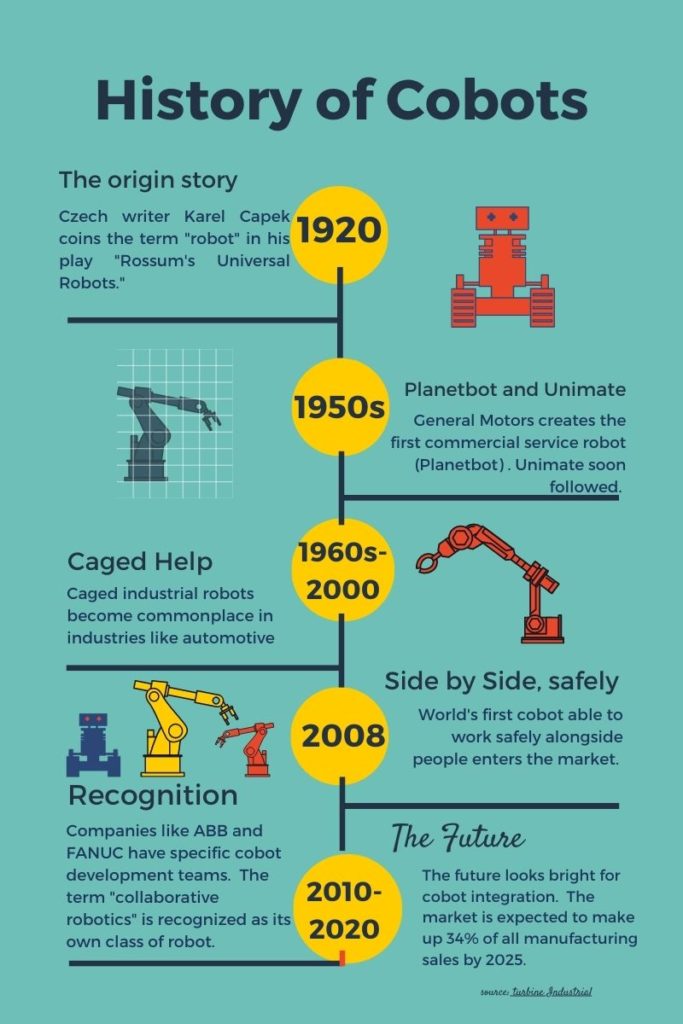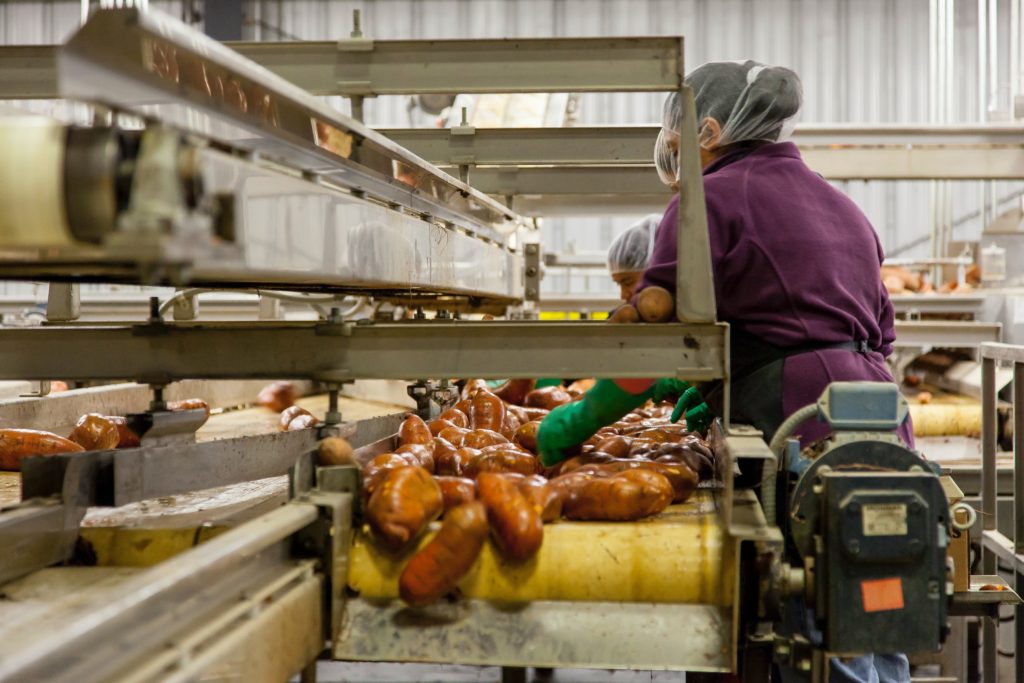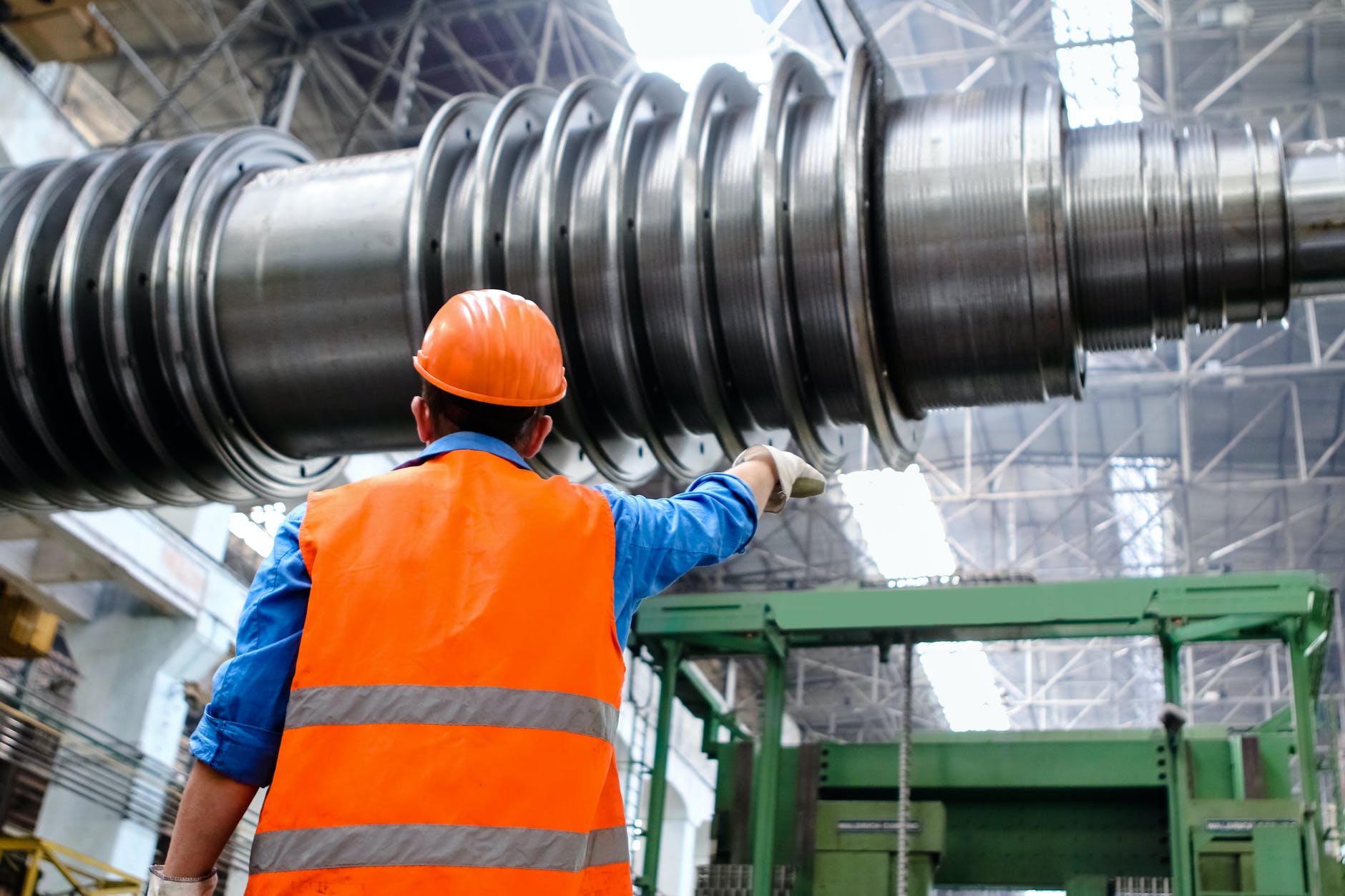
A Short History of Cobots



Industrial equipment is expensive. It’s also big, designed to last, and often complex. When you add all those factors together you begin to realize just how much is at stake when it comes to upgrading your facility. It’s too easy to overlook some important aspects of the decision that can lead to regret for years to come.
The list below is designed to help you think about any upcoming purchases in a mindful way to reduce the chance of buyer’s remorse and increase the likelihood of a successful upgrade. It’s by no means a complete list, but it should help you get on your way.
While it’s always a good idea to make sure you have the physical space for any new equipment, there’s more to ensuring a good fit than measuring W x H x D. Consider other questions like

According to Hubspot’s Annual Manufacturing Report, 80% of manufacturers feel smart technologies and a move toward Industry 4.0 adoption will benefit their supply chain by increasing visibility, accelerating innovation, and enabling staff to work more efficiently. Over 90% of those polled feel the same technologies will lead to increased productivity.
This begs the question: if smart technologies are essential to efficient manufacturing, why aren’t all factories smart?
It’s not that simple.
Upgrades come with significant costs and productivity ramifications. It doesn’t make sense to pull out legacy equipment in good working order simply because it wasn’t built in the age of connectivity. Many systems continue in good working order for decades; that’s why we use the term “industrial-strength” to define something that safeguards against failure.
Continue reading “Impact of IoT Retrofit on the Manufacturing Supply Chain”
You must be logged in to post a comment.